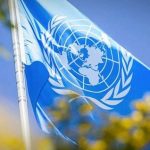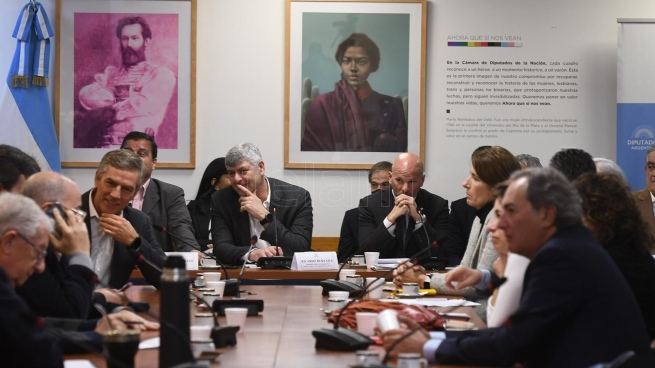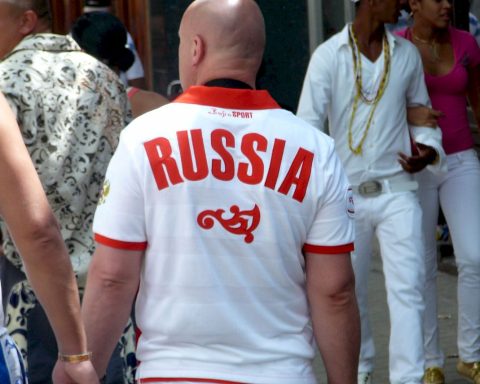July 6, 2022, 1:25 PM
July 6, 2022, 1:25 PM
The world economy was unable to overcome the effects of the pandemic and was faced with a new challenge: The war in Europe and the effects are ‘infected’ as happened with the virus. So as the days go by and inflation rises, purchasing power is lostthe productive pace of companies slows down and the world’s economies stop growing; It is common for more and more experts to talk about the ghost of the economic recession and the need for the different governments to get ready to prevent it from wreaking great havoc, according to the Colombian portal Semana.
In the United States, one of the strongest economies in the world today has a hard time, while unemployment rates rise, consumer and investor confidence falls and strength is being lost in the different industries, which do not bode well for the medium and short term either.
According to Bloomberg Economics they increased its prospects of economic recession for this country and noted that it would occur during the first quarter of 2023. For these experts, it is necessary to start working on a “soft landing” that will lessen its damage.
However, not only is the United States experiencing a difficult time and it is one of the hardest hit, oil, the currencies of other countries and the main stock markets of Europe and China are also witnessing the effects of the rising cost of living and the chances of a recession that are being fueled by the lockdown in China, the war in Ukraine and the crisis with oil production.
What is recession?
Andrés Moreno, stock market analyst, explained that basically the economic recession occurs when a country’s economy stops growing and begins to contract. He added that this is measured by taking the Gross Domestic Product as a reference.
“A recession occurs when a country has two consecutive periods of negative growth, two quarters, in a one-year period. When two periods of three months in a row show figures in the red in terms of GDP, it is technically said that there is a recession. This is normally accompanied by a loss in job creation or an imbalance in the trade balance”.
For now, Bolivia is far from this situation at the moment, since its GDP continues to show numbers in the green. According to the INE, in 2021 it grew to 6.1%. The Government assured that the dynamics of spending and the good role played, in the midst of the international crisis, helped this good result.
The opposite is the case in the United States, where the United States Bureau of Economic Analysis -EE. UU- (BEA, for its acronym in English) reported in its third review that the country’s Gross Domestic Product (GDP) decreased by 1.6% between January and March 2022.
“While this country has not yet officially entered a recession, is not far, taking into account other indicators such as the growth of companies, the increase in inflation and the drastic increases in interest rates by the Federal Reserve”, said Juan David Ballén, Director of Analysis and Strategy at Casa de Bolsa SCB.
Likewise, he indicated that the leading indicators, the US would already be facing a technical recession generated by a mix between high inflation, increase in interest rates, and the economic slowdown both in Europe and in China, after the war in Ukraine and the confinement to prevent the spread of coronavirus, respectively.
How long do they last?
The New York Times, citing the National Bureau of Economic Research (NBER)economic cycles of recession vary according to the decisions made by the authorities responsible for finances and the severity of the crisis faced; however, the average seen so far is 10 months.
Regarding how often they occur, this medium maintains that “although there is talk of “economic cycles”; that is, periods of growth followed by economic slowdownsit is not possible to identify a precise regularity in the onset of recessions.
“Some may occur one after another, like the recession that started and ended in 1980, and the one that followed, which started the following year, according to the NBER. Others have occurred a decade away, as in the case of the economic slowdown that ended in March 1991 and the next, which began in March 2001, after the dotcom crash of 2000,” said The New York Times.
Faced with whether it is possible to avoid recessions or not, they indicate that “no matter how hard they try, Politicians and government officials can do very little to avoid recessions altogether.” since they are cycles that are part of the cycle that must be given to maintain dynamism and refresh the economy.

















